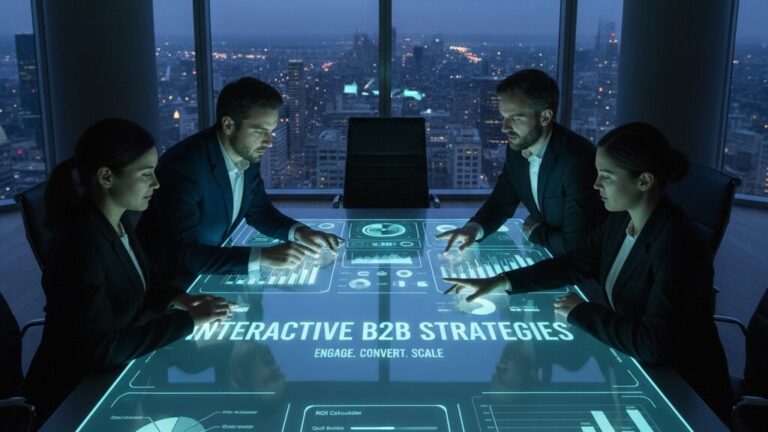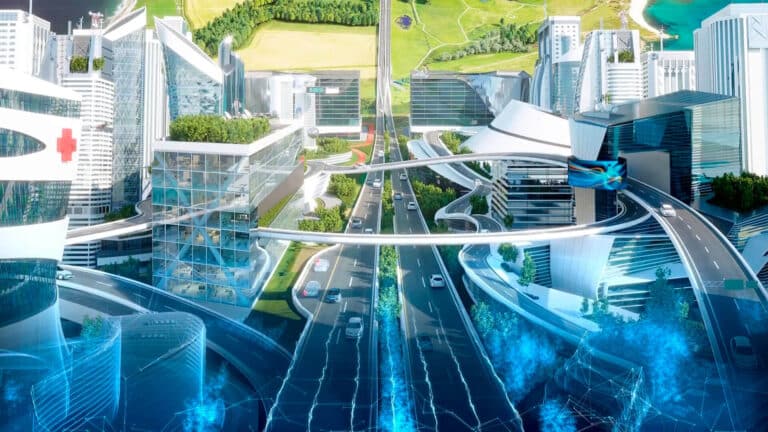The continuing global pandemic has changed how companies do business, accelerating digital transformation. In this blog we look at how Covid-19 has changed the B2B marketing landscape, and how could companies support B2B customer journey most effectively.
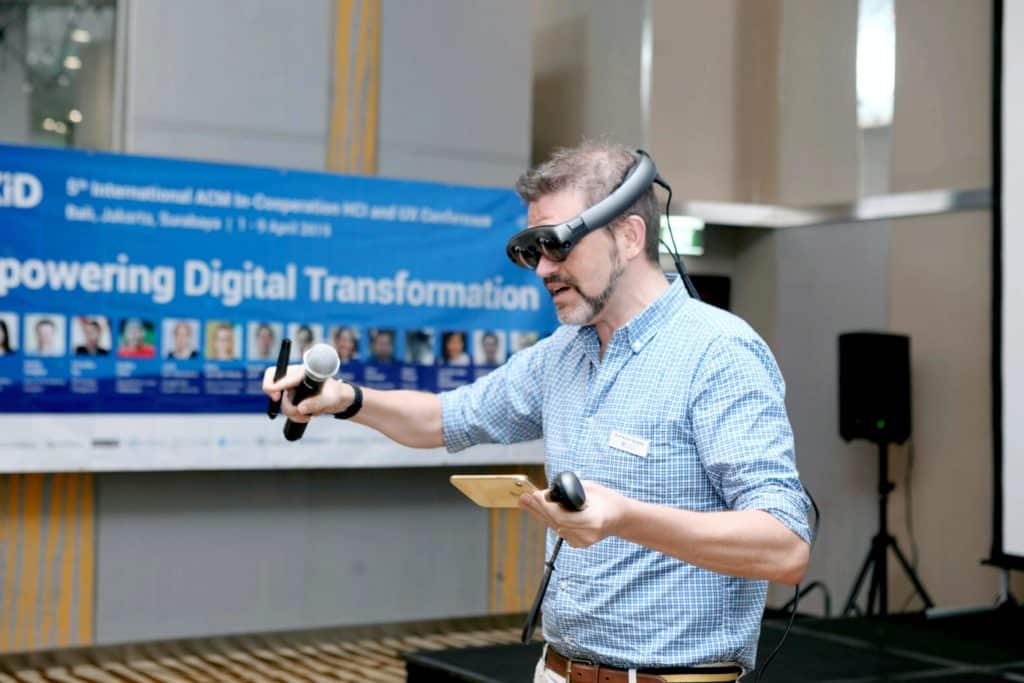
The business impact of the pandemic is long-term
According to a recent report by Forrester, Covid-19 will have a lasting global impact, permanently altering business and technology, with the effects of the pandemic continuing to surface over the next decade.
Like any crisis, however, the pandemic presents both threats and opportunities. On the threat side, some of the negative consequences of the epidemic on enterprises include the inability to visit customers and challenges in installation and maintenance services. Some companies are experiencing a significant decline in sales performance or are unable to continue or resume production.
“The positive impact of Covid-19” is the speeding of digitalisation. This forces companies to collaborate long-distance and makes everyone recognise widely the value of digital transformation and information technology. Furthermore, marketing and sales organisations learn how to conduct online marketing and business development.
Whilst the short-term shock of the pandemic has affected everyone in business, agile companies are planning beyond the crisis, investing in digital tools that enable effective remote working across business functions, from manufacturing to marketing and sales.
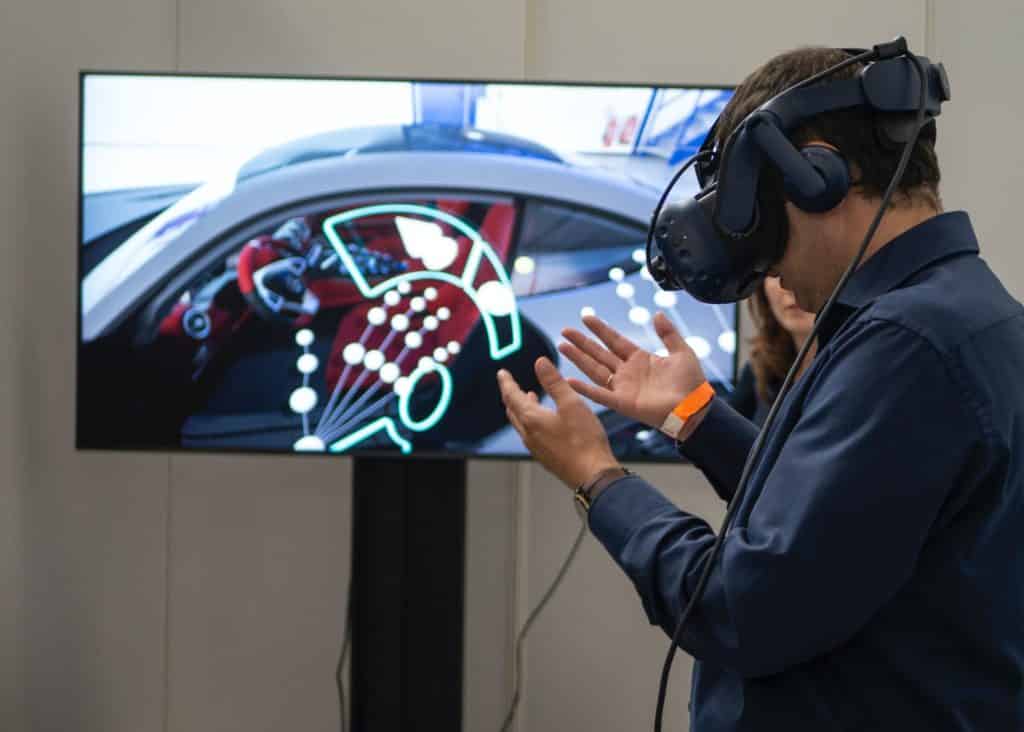
Digital B2B trends accelerated by Covid-19
1) From face-to-face to digital sales
This year, most sales representatives have transformed to virtual sales, having to reimagine how they interact with their customers. In fact, according to one recent study, more than 90 per cent of B2Bs have transitioned to a virtual sales model during Covid-19. For B2B sellers in technology, media, and telecoms sectors, the figure is almost 100 per cent.
The shift to remote selling has been born out of necessity as lockdowns and quarantining measures have forced peopleto stay at home. The need for companies to find ways to reach their customers despite physical and travel restrictions, combined with professional buyers’ growing preference to research and evaluate digitally, means that even beyond the pandemic, B2B sales operations will look fundamentally different from what they were before.
2) B2B customer journey is based on digital channels
According to a recent study by McKinsey, B2B buyers have a strong preference for digital self-service across every stage of the customer decision journey: research, evaluation, ordering and re-ordering. Digital channels are now perceived as the most valuable source of information when research of potential suppliers is being made, with many B2B customers ranking websites more important than traditional face-to-face meetings with sales representatives.
Since the onset of Covid-19 and the lockdown and remote working directives, B2B buyers’ digital content engagement has further jumped. But while the buyers are now engaging more than ever with digital content, the length of these digital sessions have decreased, creating increased pressure for marketers to capture and retain the interest of their audience.
A recent survey by the international market intelligence company IDC reveals that whilst over the short term, some customers might still prefer in-person buying in some markets, safety and convenience are likely to influence future customer expectations. Furthermore, over the long term, the likely effect of the pandemic is a preference for brands that offer the most control to buyers in the buying process.

3) Growing expectations from digital experiences
Another key digital B2B trend is that buyers are no longer willing to accept less from their professional B2B buying experience than they are used to getting from their personal experience as consumers.
On the technical level of B2B customer experiences, the length of the ordering process, the difficulty of finding products, and technical glitches during the ordering are among the top frustrations of professional buyers according to a recent marketing survey. Other common concerns include confusing websites, a lack of information on delivery and technical support, and difficulty setting up payments.
In addition to technical ease, B2B buyers expect their digital interactions to engage and stir emotion, with growing expectations for platforms that facilitate digital collaboration. The suppliers that can provide outstanding digital experiences to their B2B buyers are more than twice as likely to be chosen as a primary supplier than those who provide poor experiences.
4) Growth in interaction, decline in static information
Since the outbreak of Covid-19, video conferences and webinars have notably increased their importance in B2B marketing, while longer, static content types like reports and white papers have had a decrease in their share of total consumption.
The key trend accelerated by Covid-19 is that B2B buyers are engaging more than ever with digital content, but for a shorter time, creating a pressing need for marketing people to create engaging content that stands out from the competition. Creating content in a post-pandemic world is therefore, more than ever, a question of capturing and holding visitors’ attention.
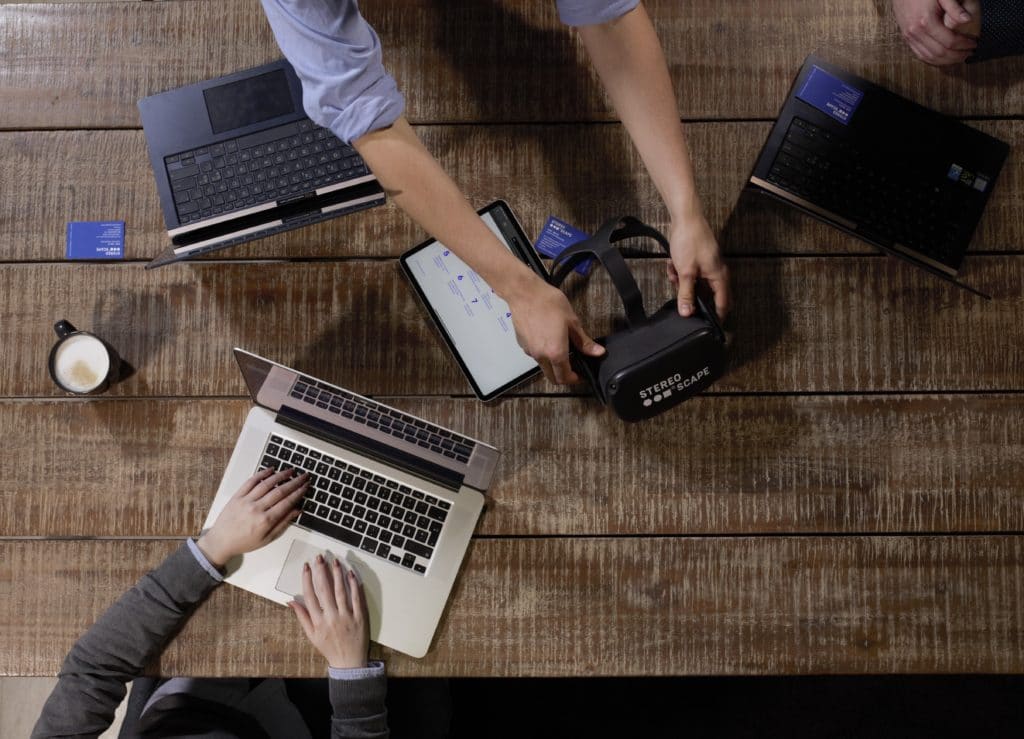
Standing out in the digital world
A recent study by Ceros found that social media fatigue, burnout and changing marketing landscape are the most serious obstacles to today’s marketers. This means that any new content created by the marketing department, most importantly, needs to stand out from the mass.
Engage B2B customers with immersion and interactivity
Immersive content, whether words, charts, data visualisations or other elements means content that a reader interacts with or experiences should be used in increasing amounts. This encourages active participation and a higher level of engagement than traditional, static content such as PDF reports. When face-to-face meetings are no longer a safe or viable option, interactive and immersive online tools are a dynamic way to continue engaging with B2B customers, whether the goal is to stand out in webinars, video conferences or online sales meetings.
Examples of interactive content that effective B2B marketers use include data and product visualisations, games, 360° content, calculators, quizzes, interactive publications, interactive 3D or extended reality showrooms and platforms. Many of these interactive digital tools, unlike their static counterparts, have the added benefit of providing the marketer valuable data about buyer interaction with the marketing content.
New digital tools help you stand out
Creating engaging content that satisfies demanding B2B customer expectations requires not only the right digital tools but also experienced design talent and training for staff to embrace the new tools.
Ever since the start of the pandemic, our team at Stereoscape has focused on developing new interactive marketing and sales tools that our clients can use to present their products and services online and engage remote audiences in a memorable way. As experts in putting technology in the service of people, we create solutions that are future-proof and adaptable for events and other in-person use once the current restrictions on F2F communications ease.
To sum up…
- Despite the challenges the global pandemic has posed, its business consequences also include positive developments, such as successfully shifting workforces to remote working.
- The outbreak of Covid-19 has underlined the value of digital transformation. Online marketing and sales, video conferencing, remote support and other digital systems are helping businesses cope with the challenges posed by the epidemic.
- Agile, forward-looking B2B organisations are turning the crisis into an opportunity by accelerating the transition to digital processes.
- New digital marketing tools including 360-degree showrooms and interactive product presentations help companies stand out from the increasingly tough competition for B2B buyers’ information.
